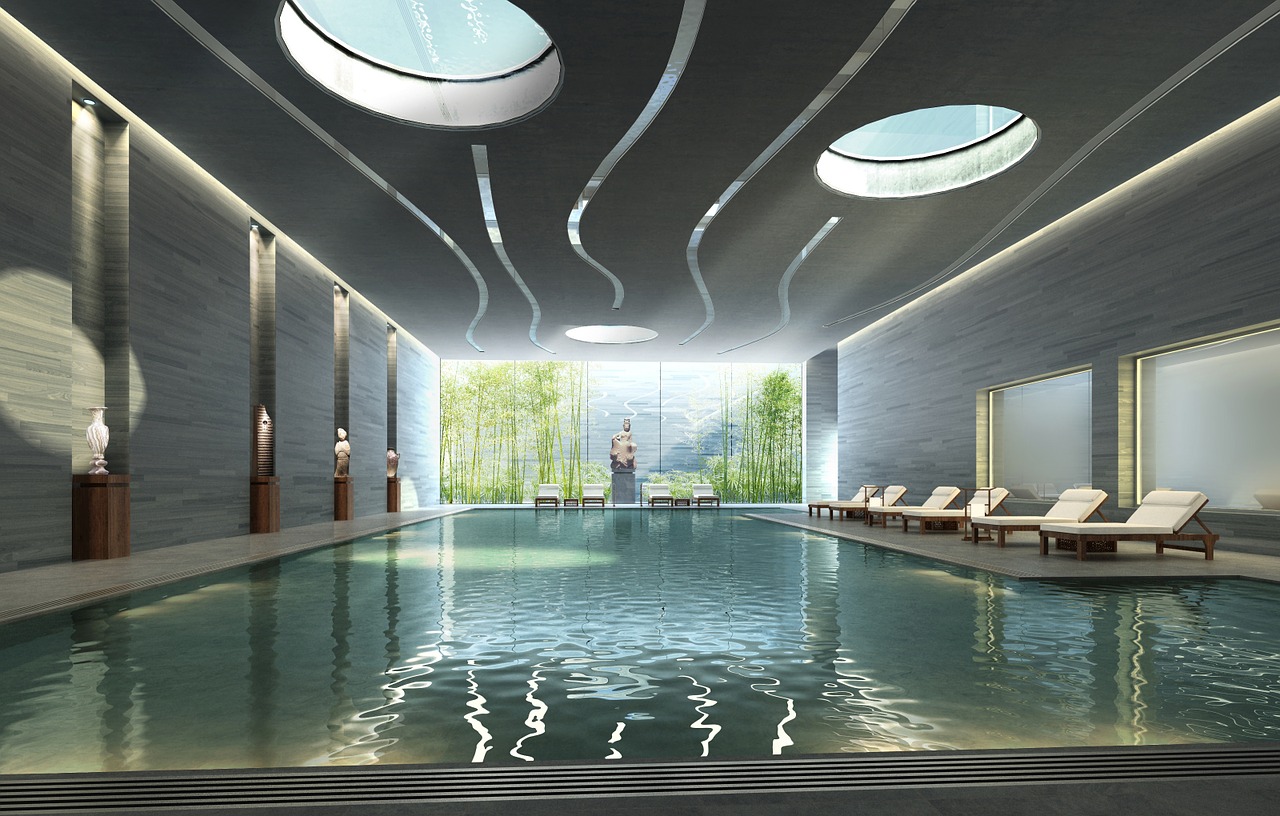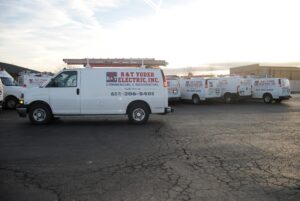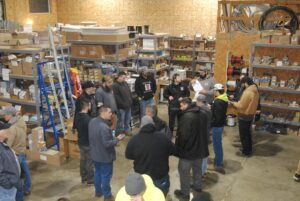
Imagine stepping into your backyard oasis, greeted by the soothing hum of bubbling water and the gentle warmth of a perfectly heated spa. The tension in your muscles melts away as underwater lights cast a calming glow. This sanctuary of relaxation doesn’t come together by accident—it’s powered by a meticulously installed electrical system designed for safety, efficiency, and long-lasting performance.
Spa electrical installation is a critical, behind-the-scenes operation that breathes life into your luxurious retreat. From ensuring compliance with safety standards to optimizing energy efficiency, proper electrical installation plays a pivotal role in turning an ordinary space into a personal wellness haven.
Why Spa Electrical Installation Requires Professional Expertise
While a spa might seem like a simple water feature, it actually demands a sophisticated electrical infrastructure. Mixing water with electricity is inherently risky, and even minor errors can result in electrical shocks, equipment damage, or worse.
Key Reasons for Professional Spa Electrical Installation
- Safety First
Water and electricity are a dangerous duo. Licensed electricians follow strict guidelines, including the National Electrical Code (NEC), to prevent hazards like ground faults and shocks. - Equipment Longevity:
Incorrect wiring or improper grounding shortens the lifespan of spa components, such as pumps, heaters, and lights. - Energy Efficiency
Properly installed electrical systems optimize energy consumption, reducing operating costs without compromising performance. - Code Compliance
Local codes and NEC regulations specify requirements for spa wiring. Non-compliant installations may void warranties, insurance policies, and pose safety risks. - Seamless Integratio
Modern spas often feature automation and smart home integration. Professional electricians ensure these systems communicate correctly with other household devices.
Did You Know?
The NEC mandates that all spa installations include Ground-Fault Circuit Interrupter (GFCI) protection to prevent electric shock incidents.
Essential Components of Spa Electrical Systems
A spa requires more than a simple plug-and-play solution. Several components work in harmony to maintain the perfect balance of warmth, water flow, and ambiance.
1. Control Panel
- The brain of your spa, regulating jets, heaters, lights, and filtration cycles.
- Tip: Opt for digital panels with smart home integration for remote control convenience.
2. Spa Pump
- Circulates water through the filtration and heating systems.
- Electrical Demand: Pumps typically need dedicated 240-volt circuits to handle high loads.
3. Heater
- Maintains water temperature regardless of outdoor conditions.
- Energy Efficiency Modern electric heaters with variable controls reduce power consumption.
4. Underwater Lighting
- Enhances safety and creates ambiance for nighttime use.
- Safety Note Always use low-voltage, LED fixtures in water environments.
5. Ozone Generator and Sanitization System
- Keeps water clear and sanitized without harsh chemicals.
- Electrical Impact Requires proper wiring for uninterrupted operation.
The Spa Electrical Installation Process: Step-by-Step
Professional spa electrical installation follows a structured process designed to ensure reliability and safety. Here’s a breakdown of the key steps
 1. Site Assessment and Planning
1. Site Assessment and Planning
- Evaluate the location’s proximity to the main electrical panel.
- Identify potential hazards like overhead power lines or underground utilities.
- Calculate power requirements based on the spa’s specifications.
Pro Tip
Position your spa on a stable, level surface with easy access to power connections and proper drainage.
2. Power Supply Preparation
- Upgrade the home’s main electrical panel if the existing capacity is insufficient.
- Install a dedicated circuit to prevent overloads from other household appliances.
3. Installation of GFCI Protection
- GFCI breakers detect current imbalances and instantly cut power to prevent shocks.
- Install outdoor-rated, weatherproof enclosures for all spa-related outlets and switches.
4. Running Electrical Conduits and Wiring
- Use PVC or flexible metal conduits to protect cables from moisture and physical damage.
- Route wiring underground at a depth specified by local codes (typically 18-24 inches).
5. Component Connections
- Connect the spa’s heater, pump, lighting, and control panel according to manufacturer instructions.
- Secure wiring with corrosion-resistant connectors to withstand outdoor exposure.
6. Testing and Safety Inspection
- Verify that all components function correctly.
- Test GFCI breakers to ensure they trip when detecting ground faults.
- Schedule an inspection with a licensed electrician or local authority to confirm code compliance.
Understanding Spa Electrical Safety Regulations
Spa electrical systems fall under stringent safety standards for good reason. Electrocution risks, though rare, can be fatal.
Key Safety Requirements NEC Guidelines
- GFCI Protection Required for all circuits powering spa equipment.
- Bonding and Grounding: Metal components must be bonded to prevent electric current imbalances.
- Safe Distances
- Outlets Minimum of five feet from the spa’s edge.
- Overhead Power Lines Minimum clearance of 22.5 feet.
Did You Know?
Ungrounded spa installations account for a significant percentage of electrical incidents near water features each year.
Energy Efficiency Strategies for Spa Electrical Systems
Spas are luxurious, but they don’t have to inflate your energy bills. Proper electrical design paired with smart usage habits can significantly cut costs.
Practical Energy-Saving Tips:
- Install a Spa Cover
Retains heat, reducing heater run time. - Opt for Variable-Speed Pumps
Adjust water flow based on activity, consuming less energy during filtration cycles. - Use Smart Timers:
Automate heating and filtration schedules for off-peak hours when electricity rates are lower. - Switch to LED Lighting:
LED fixtures use up to 80% less energy than traditional incandescent bulbs. - Regular Maintenance
Clean filters and inspect wiring to maintain optimal performance.
Fun Fact
A high-quality spa cover can reduce heat loss by up to 70%, cutting energy consumption drastically.
Common Electrical Issues in Spas and How to Fix Them
Even with proper installation, spas can develop electrical issues over time. Recognizing symptoms early prevents costly repairs and ensures uninterrupted relaxation.
1. Spa Won’t Turn On
- Cause Tripped breaker, faulty control panel, or power supply interruption.
- Solution
- Reset GFCI and main breakers.
- Inspect wiring connections.
- Call an electrician if problems persist.
2. Inconsistent Water Temperature
- Cause Malfunctioning thermostat, heater failure, or wiring issues.
- Solution
- Replace thermostat.
- Check heating elements for corrosion.
- Verify connections to the control panel.
3. Flickering or Non-Functional Lights
- Cause Loose wiring, moisture infiltration, or bulb failure.
- Solution
- Replace bulbs with waterproof, LED alternatives.
- Reseal light housings to prevent water ingress.
4. Pump Not Circulating Water
- Cause Blown fuse, damaged motor, or clogged impeller.
- Solution
- Clean the impeller.
- Test electrical connections.
- Replace motor capacitors if necessary.
Insight
Running a spa pump without water can cause motor burnout in minutes.
The Importance of Bonding and Grounding in Spa Installations
Bonding and grounding aren’t interchangeable terms—they serve distinct safety functions.
- Grounding Provides a safe path for electrical current in the event of a short circuit.
- Bonding Connects metal components to equalize electrical potential and prevent shocks.
Example
Without proper bonding, a swimmer touching a metal handrail while in the water could experience an electric shock if the rail carries stray current.
Smart Spa Systems: The Future of Relaxation
Modern spas integrate with home automation systems, allowing users to control settings via smartphones or voice assistants.
Key Features
- Remote temperature adjustments
- Scheduled filtration and heating cycles
- Integration with smart lighting systems
Pro Tip
Install surge protectors to shield sensitive automation components from power surges.
FAQ Section
1. How much power does a home spa typically require?
Most spas need a dedicated 240-volt circuit with a 50-60 amp breaker.
2. Can I install a spa electrical system myself?
DIY installations are strongly discouraged due to safety risks and code requirements.
3. How long does spa electrical installation take?
Most installations are completed within one to two days, depending on site conditions and equipment complexity.
4. What maintenance does a spa’s electrical system need?
Regularly test GFCI outlets, inspect wiring for wear, and keep electrical components dry and protected.
5. Does my spa need to be bonded?
Yes, bonding is required by the NEC to prevent electrical shocks in water environments.
A spa is more than a luxurious addition to your home—it’s an investment in relaxation, wellness, and leisure. But without proper electrical installation, that serene retreat could become a safety hazard.
Our expert electricians specialize in spa electrical installations, ensuring every component operates safely, efficiently, and in compliance with local and national codes. From GFCI protection to smart automation setups, we handle it all with precision and care.







